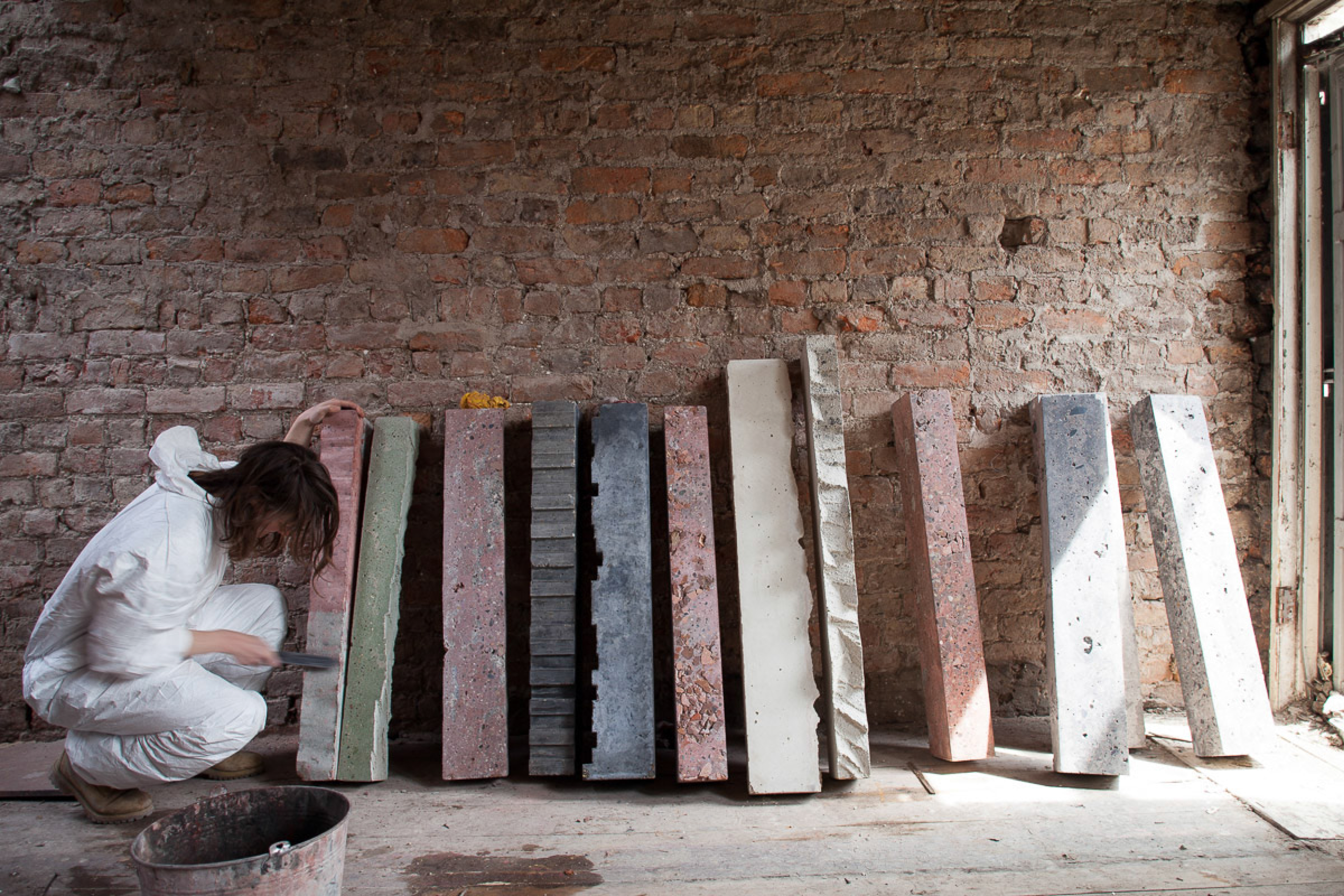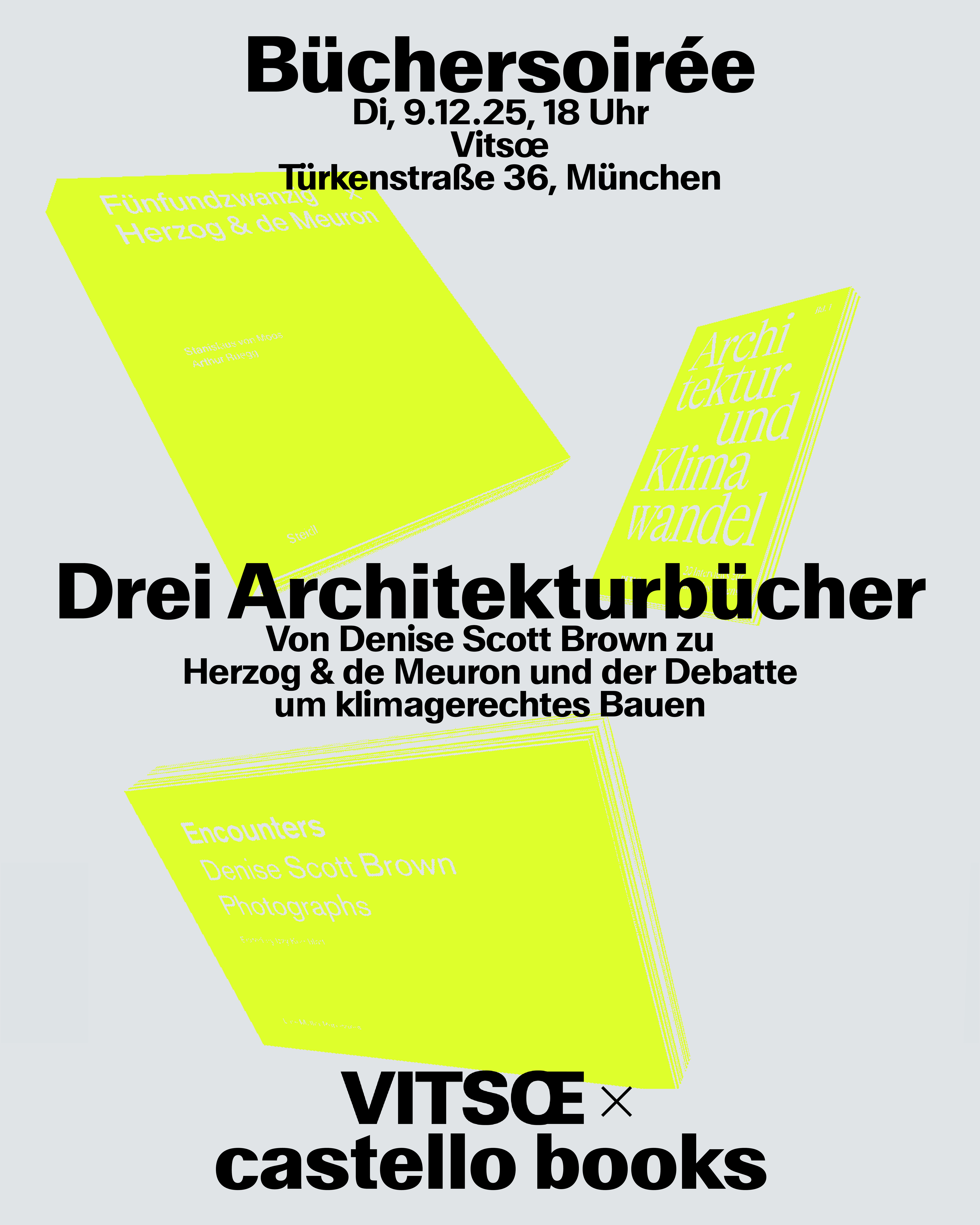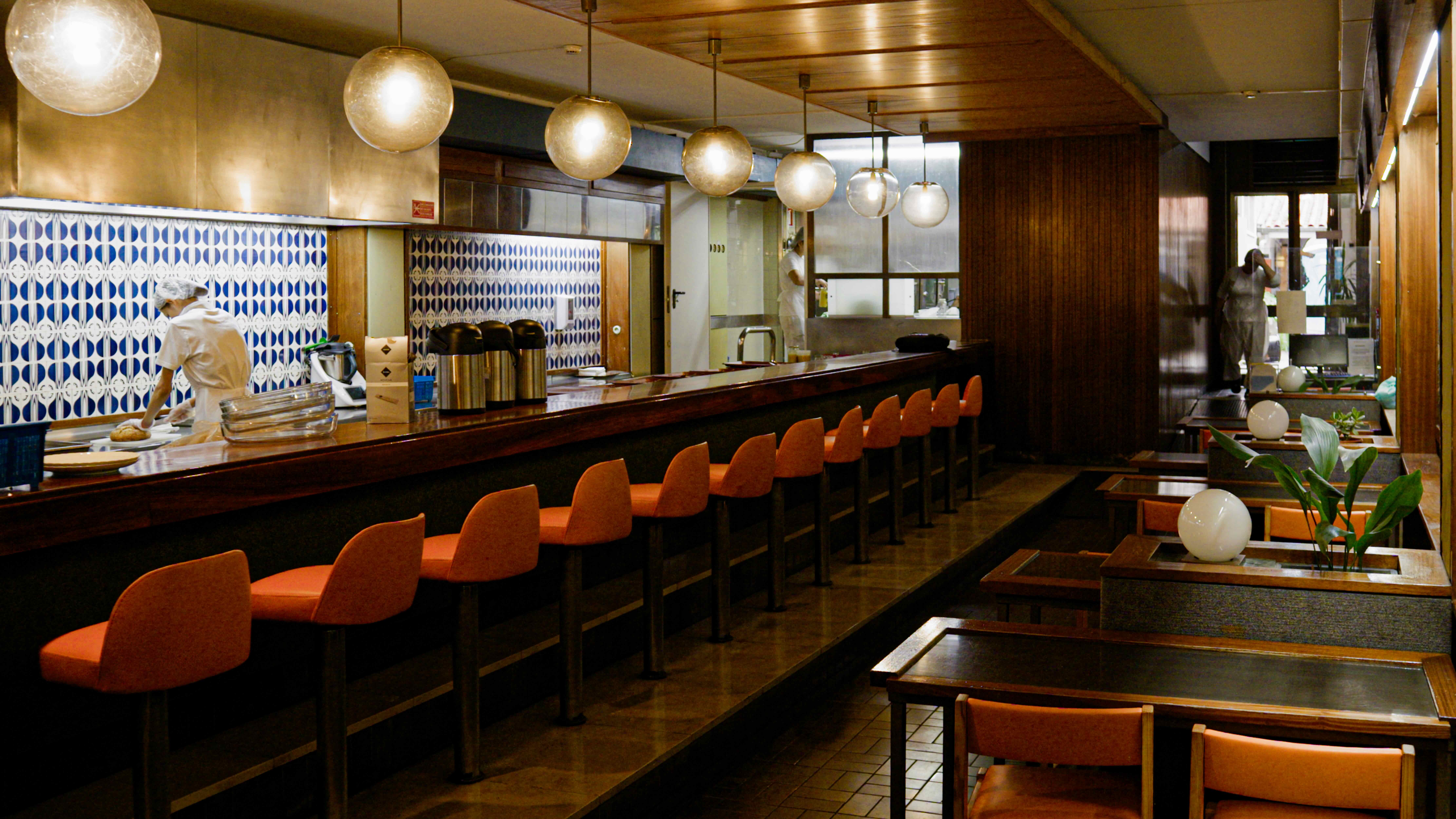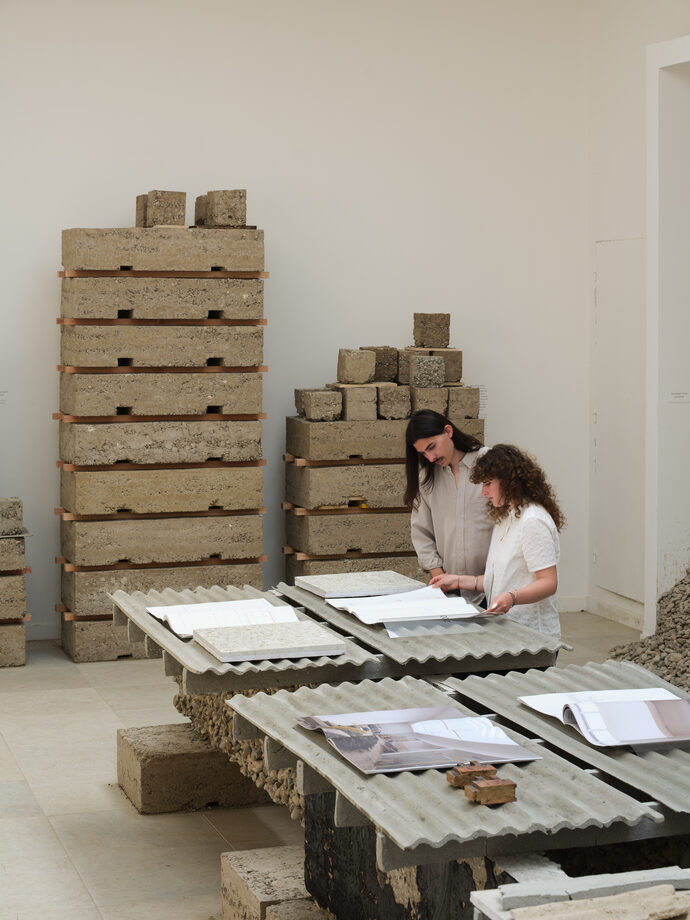Walking through the Department of Architecture and Design at the Museum of Modern Art (MoMA) in New York, you can see Paola Antonelli’s eyes begin to sparkle. The curator of Architecture and Design can tell a story about each and every one of the objects, and even has a direct link to most of the designers. The enthusiasm she radiates when speaking about the ideas, the concepts, and the stories behind the objects, is truly contagious. Design is of course devoted to utility, she comments parenthetically; then comes the “but”: “that in itself is not enough. Design has to be aesthetic too,” she adds with unwavering conviction, focusing on the next object. “Born out of necessity” is the title of the design exhibition currently on show in MoMA, a compilation of objects from the Museum’s permanent collection, carefully selected by the curator and trained architect.
What all of these objects have in common is that they all provide a solution to a problem and thus improve our everyday lives. The exhibits’ use of forms often differs radically from that commonly seen in Modern Functionalism. Some are simple and straightforward, while others prove to be masterpieces of engineering. They all address needs and necessities; they are dedicated to pre-eminent issues regarding the environment, technology, and overpopulation, even the dress code for devout Muslim women. “Capsters” is the name young Belgian designer Cindy van den Bremen chose for her range of women’s headwear. Replacing the classic Hijab headscarf during sport or exercise, Capsters are easy to use and can even be worn while swimming or surfing. “This is one of my favorite objects,” enthuses Paola Antonelli stopping in front of a plain cone made of transparent plastic. The contraption is called “Watercone” and uses the sun and the natural process of condensation to transform gray or salt water into drinking water. “It produces 1.6 liters of fresh water per day,” says Antonelli – in arid regions such devices are of vital importance.
The Museum of Modern Art’s permanent design collection contains around 5,000 objects. Many of them spend most of the time stored away in the Museum’s archive in Queens – the Utility ¼ Ton 4x4 Jeep, for example, a robust, indestructible vehicle, the classic US Jeep. “We have a number of vehicles in the collection,” explains Paola Antonelli. “I would like to have a Boeing too but unfortunately we don’t have enough space in the archive.”
The Museum of Modern Art was founded in 1929. The nonprofit art institution’s activities are financed by sponsors who, with a donation of 500 US dollars or more, are awarded a place on the “Annual List of Donors”. The donation system itself is just as simple and transparent as it is sophisticated, for donations are paid toward specific projects. Exhibitions, events, MoMA PS1 in Queens or Education Support are just some of the projects that sponsors can choose to support. The funding system’s organizers have done away with the mounds of paperwork often required by such systems in Europe and reduced this to one simple online form. Donating really can be that easy! It works on a larger scale too: For example, the concerts recently held by Kraftwerk in the foyer of the Museum of Modern Art – an overwhelming success for the Düsseldorf pioneers of Electro music – were made possible by Volkswagen, who sponsored the event. The Wolfsburg-based automotive giant has enjoyed a wide-ranging partnership with MoMA for several years now.
“When I curated an exhibition back in 1997, MoMA didn’t even have a website,” recalls Paola Antonellia of her first attempt at web design. Today the art institution profits from the diverse world of possibilities the Internet has to offer like no other and has long since secured a world-wide online community of supporters. Naturally the department’s archive is digitalized and the database is available online. In some cases, explanations accompanying each item by a variety of curators are even available as audio files – and of course all of these links can be shared via Facebook or Twitter. One thing’s for sure, the MoMA community is set to grow and, thanks to Paola Antonelli’s dedication and commitment, continue to flourish too.
Text: Sandra Hofmeister
Photo: Stephan Augustin (German, b. 1967). Watercone Water-Collection Device. 1999. Makrolon polycarbonate. Manufactured by Wisser Verpackungen GmbH, Germany. 11 3/4 x 31 1/2? (30 x 80 cm) diam. Gift of Augustin Produktentwicklung, 2006
Born out of Necessity, May 2 – January 28 2013, MoMA, New York, www.moma.org





